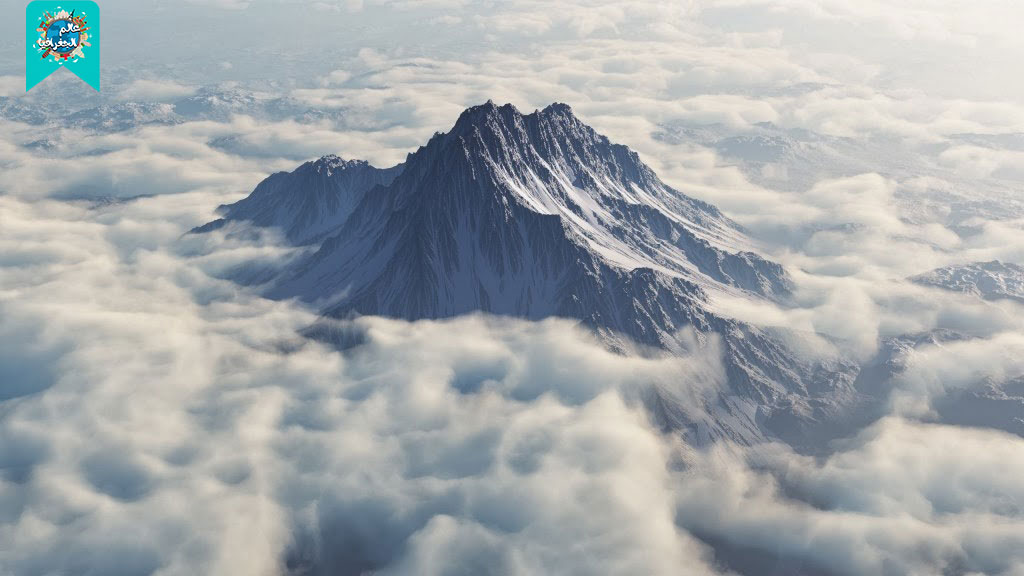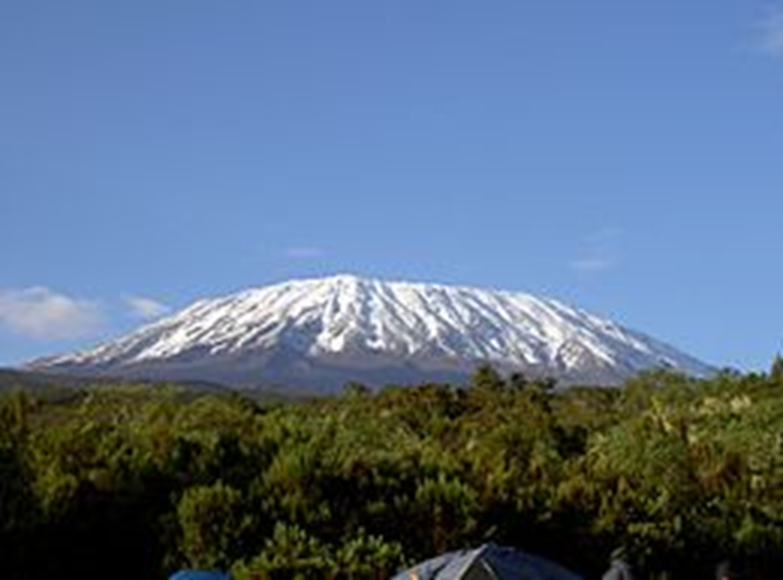Mount Kilimanjaro

Mount Kilimanjaro is one of the important tourist sites in Tanzania, as it consists of three volcanic cones: Kibo (the highest peak), Mawensi and Shira.
The highest peak of the mountain is 5,895 meters above sea level, and the mountain is considered the closest snow-covered point close to the equator.
It includes several reserves and national parks, the most important of which is Kilimanjaro National Park, which is registered on the UNESCO list of World Heritage Sites.
Mount Kilimanjaro is one of the most important and beautiful tourist places in Africa and the ideal destination for mountain climbing lovers, as it is the highest African peak, surrounded by more than wonderful lush gardens.

Natural forests cover about 1,000 square kilometers on Mount Kilimanjaro. At the foot of the mountain, corn, beans, and sunflowers are grown, and on the western side, wheat. There are also remnants of former savannah vegetation with acacia, acacia, terminalia and neem plants. Between 1000 and 1800 meters altitude coffee also appears as part of agroforestry. The native vegetation in this elevation range (Strombozia, Newtonia trees, Entandrophragma) is restricted to inaccessible gorges and valleys, and is quite different from the vegetation at higher elevations. On the southern slope, montane forests contain Osamba ocata as well as ferns and epiphytes, and in mist forests grow Podocarpus latifolius, Hagenia abyssinica and Erica excelsa as well as mist-dependent mosses. On the drier northern slopes, there are forests of olive, croton calodendrum, cassiburia and juniper. Between 3,100 and 3,900 meters are heather and desert scrub, followed by helichrysum up to 4,500 metres. New introduced plants have been observed, including annual shrews

The first to reach the summit of Mount Kilimanjaro was German Hans Mayer and Austrian Ludwig Burtscheller.
Nearly 25,000 people try to climb to the top of the mountain every year, about two-thirds of whom succeed, while the rest fail.
Climbing Mount Kilimanjaro does not require climbing equipment or experience, but it remains dangerous due to the risk of altitude sickness, which is the main reason why climbers do not reach the summit of the mountain, and which may be fatal if not treated immediately. It takes most people 6 to 8 nights to climb the mountain, depending on the route taken.
Source: websites

